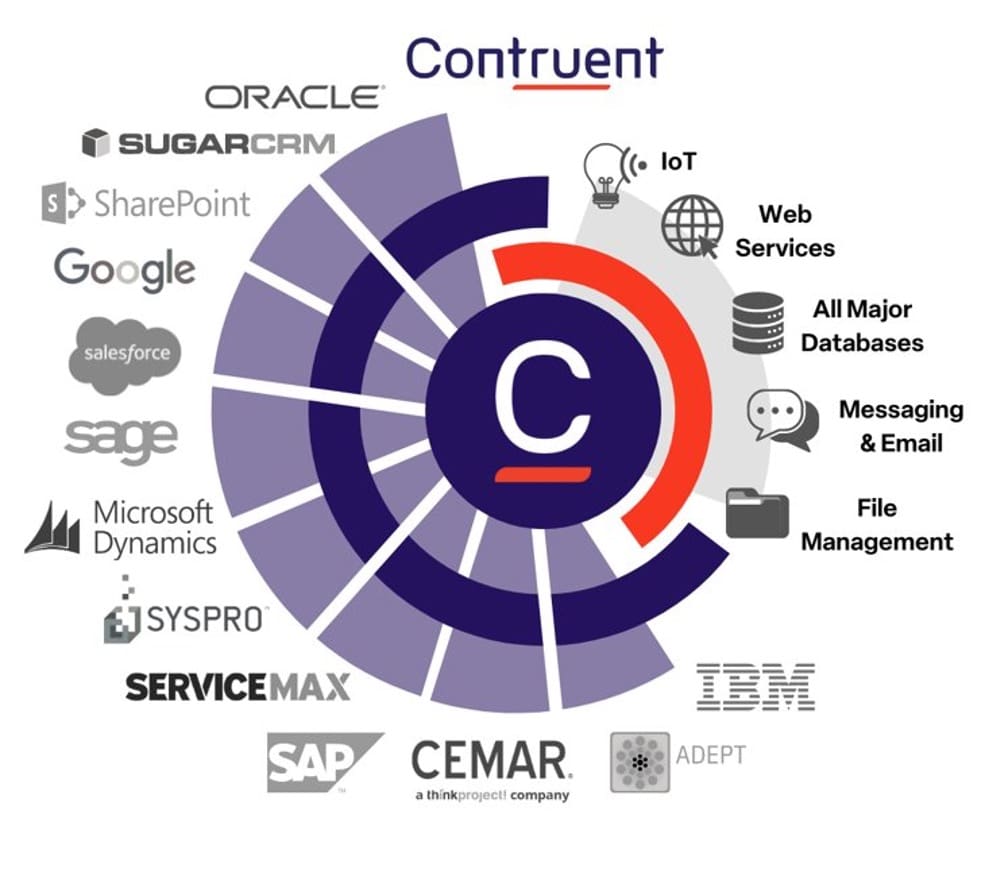Projects, no matter the industry, produce a bulk of data and information from many sources. These various sources include different departments with differing systems and software. While an abundance of data is great for getting insight into your projects, it is not helpful if your organization is struggling to access its data.
What Are Data Silos?
Isolated and unreachable data from a specific source is known as a data silo. Think of it on data that is stuck on an island that cannot be accessed by you (or anyone else that may need it). Data silos often stem from project teams or systems keeping that information private, third-party vendors and even office politics.
Sometimes project data is readily available, but takes manual report creation to obtain and export. Either way, having data stashed away that is unobtainable or difficult to access means that your project reports are not as accurate or as trustworthy as they could be.
Breaking Down Data Silos
How are executives supposed to make accurate, data-driven decisions with missing or inaccessible information? Capital construction companies often take a lot of time getting data prepped for sharing, and in that preparation a shocking amount of time is lost. Not only is the prepped report often lacking real-time data, it is honestly often reporting data that is already weeks old, if not more. According to Gartner, 87% of companies have low BI and analytics maturity.
And from a project manager’s perspective, according to PMI’s Guide to the Project Management Body of Knowledge (PMBoK) about 75-90% of a project manager’s time is spent formally or informally communicating, so if they are communicating figures and timelines that aren’t up-to-date, there’s a problem.
Become Data-Driven and Destroy Your Data Silos

Are Data Silos Destroying Your Projects? Connect all your ERP, financial and IT systems to Contruent Enterprise with Contruent Connect.
A 2019 executive study, by NewVantage Partners on Big Data and AI, showed that only 31% of C-level executives reported that they have a “data-driven” organization. For projects to be efficient and successful, you need all your project data to be accessible. Bringing in cost data (actuals and commitments) and schedule data can be done securely in real time.
Project organizations often utilize multiple systems and software solutions across their projects. Financial information is often siloed because the finance team does not want their data manipulated or muddied (and rightfully so!). However, you can securely take ERP data (like that from SAP) and integrate it into Contruent Enterprise via a one-way flow of data, importing the actuals and commitments into Contruent Enterprise project controls software via Contruent Connect. This removes the manual burden of loading actuals and commitments from the cost engineers, giving them more time to analyze data instead of manipulating data. Contruent Connect is an integration platform that connects IT, ERP and financial systems, enabling organizations to orchestrate supportive data flows.
For period-end or month-end reporting, projects can bring in a full snapshot of all the data from Contruent Enterprise software to your ERP system for accrual reporting. This integration is bi-directional and automated. Contruent Connect has built-in integration to Contruent Enterprise, Oracle, SAP, Microsoft Excel and more. With Contruent Connect, the connection possibilities are nearly limitless for your data warehouse—connect with code-free integration to your risk system, scheduling software, cost and financial system, SharePoint and more so that all project data is obtainable to those who need access.
According to Symantec CloudSOC, in today’s age, the average enterprise runs on 928 applications, and only one-third integrate with one another. Contruent Connect can connect to 99.8% of all business applications, so even if you are using an outdated legacy system, Contruent Connect can help! Today, non-IT business units buy their own technology leaving their IT department with a mess of disconnected systems and applications as well as a backlog of integration requests. But with Contruent Enterprise, an out-of-the-box project controls solution, plus Contruent Connect, you can pull your financial, budget, schedule, estimating and field data into one place giving you a single source of truth.
Automated integration reduces the amount of mistakes and duplication caused by human error, while increasing efficiency and business performance. This results in lower operational costs and improved revenue performance. Imagine the burdens lifted and the savings from dozens, hundreds, and even thousands of projects each year!
Help your project teams maximize their time by allowing them to analyze their up-to-date project data, rather than fumbling through over-manipulated spreadsheets with Contruent Enterprise and Contruent Connect.